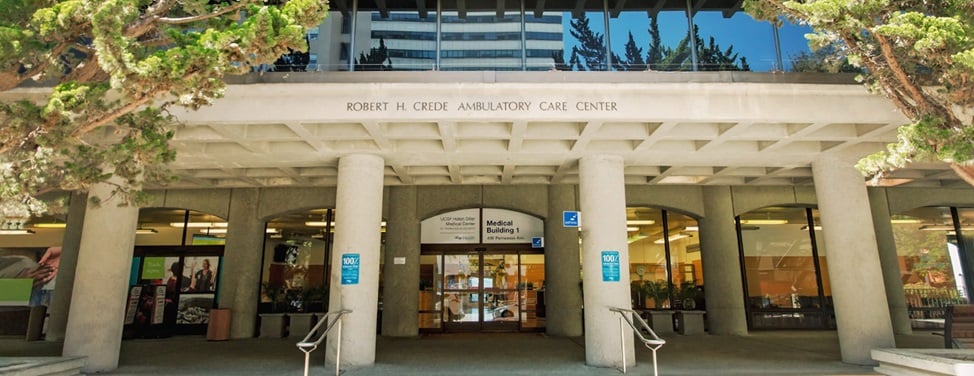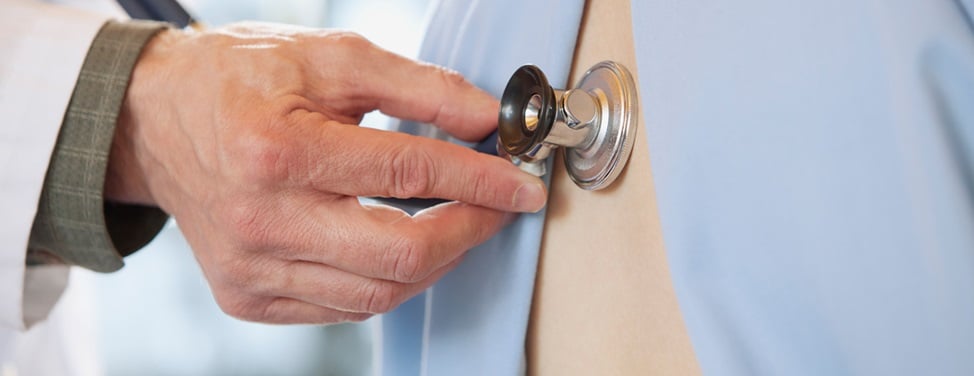
Traveling With Oxygen
Traveling with oxygen has become much easier with the development of portable oxygen concentrators (POCs). These devices run on a battery pack, can be recharged, plugged into the wall or a cigarette lighter in a car, and can be taken on airplanes.
There are several makes and models, with widely differing features, so it is important to choose the one that is best for you, that delivers enough oxygen to keep your saturation 90 percent or greater at rest and with activity. POCs can be rented or purchased from various oxygen suppliers.
Oxygen needs at high elevation
Some people may become hypoxemic while traveling to or living at high elevations. A simple pulse oximeter reading while you are at high altitude, at rest and during activity, can determine if oxygen is needed at altitude.
Alternatively, some pulmonary function labs can perform an altitude simulation test to determine your oxygen saturation at altitude. This test involves breathing a mixture of 16 percent oxygen, which is equivalent to the amount of oxygen in the air at 8,000 feet, and then taking a pulse oximeter reading.
Let your provider know if you feel you may be hypoxemic at higher elevations, so your provider can order the appropriate testing.
Oxygen needs and air travel
Commercial airlines must provide a cabin pressure altitude of no more than 8,000 feet of altitude. Your pulmonologist can determine if air travel is safe for you. Your pulmonologist may order an altitude simulation test to help determine your ability to fly safely at this cabin pressure.
The only oxygen equipment allowed on an airplane is the portable oxygen concentrator (POC). If you need oxygen in flight, you must take a portable oxygen concentrator with you, and , you must let your airline know ahead of time. They may require a doctor’s letter to verify the need for the POC on the plane. If you don't own a POC, you may rent one for travel, either through your oxygen supplier or through websites such as OxygenToGo.
Some tips for air travel with POCs:
- Start making arrangements with the airline well ahead of time to find out which POC is allowed. Many airlines list accepted manufacturers and brands on their websites.
- Allow plenty of extra time for check-in.
- Carry several extra battery packs. FAA regulations require enough battery time to cover 150 percent of the flight time.
- POCs and battery packs can be rented for travel, along with your POC.
- Carry an extra three-way plug for recharging your POC in the airport. People often need to recharge their electronic equipment in the airport during layovers, and this will help assure that you will be able to recharge yours.
- POCs are exempt from the carry-on count.
- Carry a prescription or letter regarding your need for oxygen, signed by your doctor.
For more information about POCs and air travel, go to the Supplemental Oxygen: More Resources page.
Next:
Supplemental Oxygen Index:
UCSF Health medical specialists have reviewed this information. It is for educational purposes only and is not intended to replace the advice of your doctor or other health care provider. We encourage you to discuss any questions or concerns you may have with your provider.
















